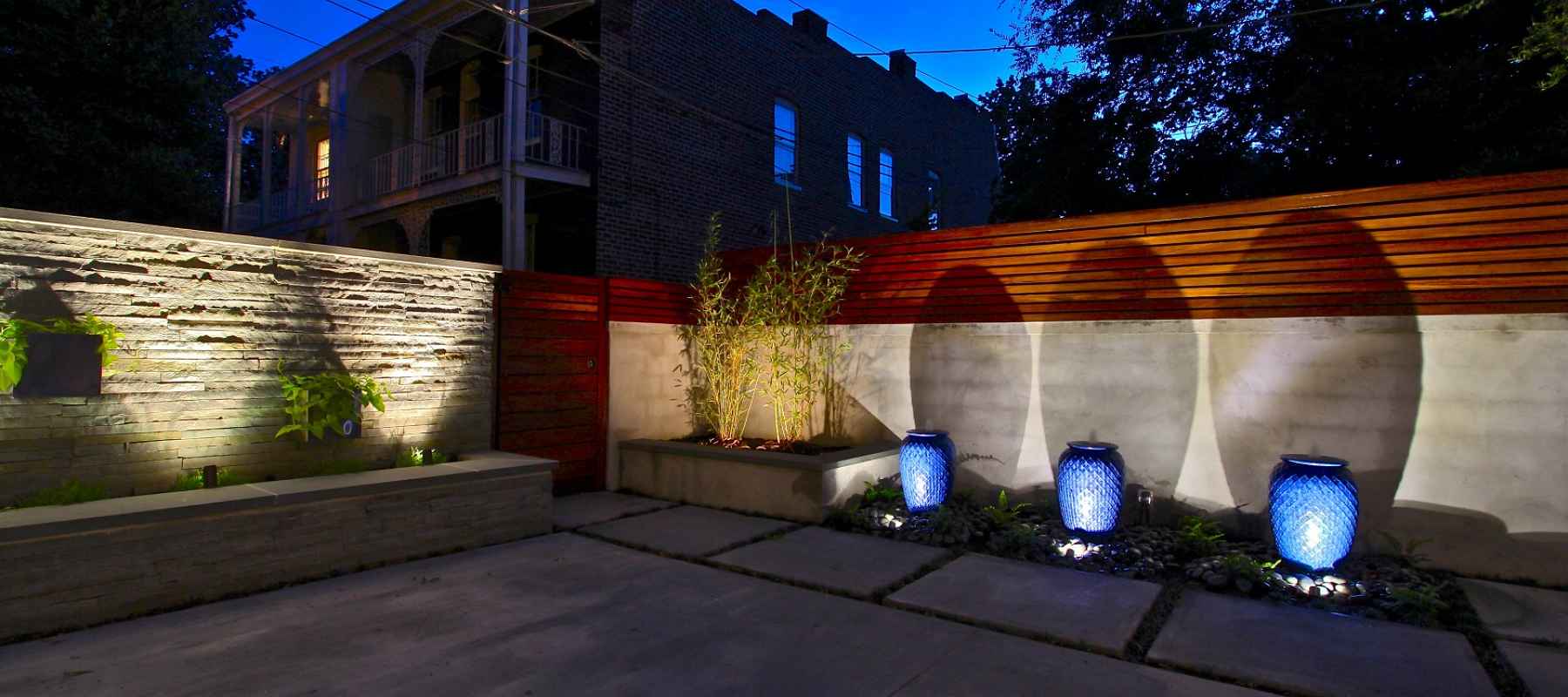The first light-emitting diode, referred to as LED, was developed in 1962 and only produced light in the low red frequencies of the spectrum. The blue-spectrum LED was introduced in 1994. Then in 1997, the first commercial organic LED technology was developed though it was not bright enough for practical outdoor lighting.
By 2010 LED technology became widely accepted by the outdoor lighting industry.
International scientists have hoped that a transition to LED lighting would lead to lower energy usage. Unfortunately, unexpected negative effects of LED lighting have manifested themselves.
As population centers around the world began implementing LED lights, cities decided to increase the areas they illuminate due to the notion of cost savings. Consequently, a global reduction in energy use is not being realized.
Satellite-based sensors indicate that large portions of Europe and North America are having their daylight to darkness cycles altered to include unnatural amounts of light. LEDs produce significant blue light which these sensors cannot detect and scientists cannot read. The blue light is analyzed as darkness. Therefore, the actual amount of artificial nighttime light globally is greater than the satellite results indicate. Planet earth has definite cycles of daylight and darkness. Both plants and animals, including humans, have adapted to these cycles.
Research scientists categorize nighttime illumination as an environmental pollutant that disrupts nocturnal animals. Sea turtle hatchlings have been observed crawling toward city lights and certain death rather than crawling toward the ocean.
Research has recorded that LED lighting attracts more flying insects and the resulting overpopulation of these species in cities will cause negative ecological impact.
The American Medical Association claims there may be damage to the human retina caused by LED blue light. A 2012 study conducted by Dr. Celia Sanches Ramos at Complutense University in Madrid confirms this finding and concludes the blue and green light from LEDs scatter more in the human eye and damages cells in the retina. Once the cells are damaged or destroyed, says Dr. Sanches Ramos, they will not regrow and cannot be replaced.
The American Medical Association further issued a warning in 2016 that high-intensity LED lighting can disturb sleep rhythms and possibly increase the risk of other serious health conditions. The AMA warns the LED blue light can adversely affect nighttime driving vision.
Research also documents the white and blue spectrum LED light is five times more effective in reducing melatonin, the chemical naturally produced by the human body to enhance sleepfulness.
Because LED lamps are sensitive to excessive heat, life span drops at higher temperatures. Heat build-up can lead to failure or fire. Additionally, since LED lamps burn cool, they do not melt snow in colder regions that have long winters. This excess snow reduces the amount of light output necessary to maintain safety in places like parking lots.
Although LED lighting has caused some improvement in cost efficiency this artificial light at night is a globally widespread challenge. Warmer, less intrusive lamps need to be considered moving forward.




